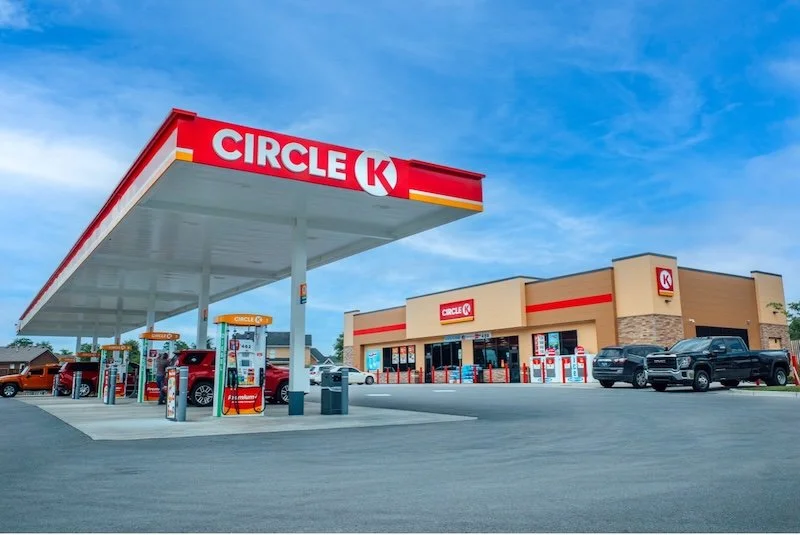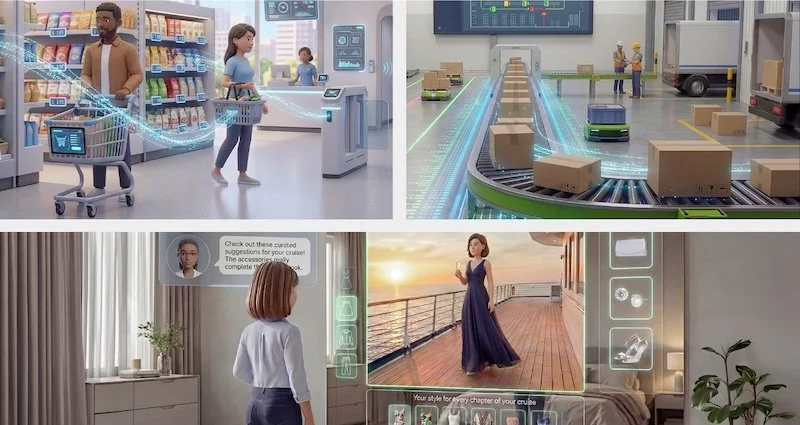E-commerce mastery: blending marketing strategies with CRM for customer success
Building a customer centric business significantly impacts your bottom line.
In fact, 70% of brands recognise the connection between customer service and a brand’s overall performance. Particularly for an e-commerce business, making customers the priority always goes a long way.
It involves having a strong relationship with your customers, making your processes and experiences customer-friendly, and, of course, excellent customer support.
To do this at scale, a customer relationship management (CRM) tool is a powerful investment that helps you manage your customer interactions and relationships.
This article explores the importance of investing in a good CRM and its use cases to build a successful e-commerce business.
Current struggles of e-commerce businesses with customer data
Making your mark in the e-commerce industry comes with its own set of challenges.
● Lack of personalisation: Personalisation comes from a solid understanding of your customers, which can be difficult when they’re coming from multiple touchpoints.
● Lack of trust: Building credibility online is an important step toward gaining customers, which takes time and consistent effort. Especially when you’re starting a new e-commerce brand, gaining the trust of your customers can be challenging.
● Final conversion: In today’s age of social media, where getting followers and engagement might be easy, converting them is equally hard. For starters, you have to compete with similar brands with a bigger audience. Next, you need to track every stage of your customer journey to understand where they dropped off and why.
● Breaking silos: When going omnichannel, you have to deal with tons of customer data coming from different platforms. More specifically, businesses struggle to integrate data from different platforms into one for ease of access. It only gets more challenging as you scale and often results in a disjointed experience for your customers.
A CRM helps businesses build and maintain stronger relationships with their customers by providing a centralised platform to track and manage customer interactions. It also facilitates seamless communication within the organisation. Teams can share customer information, updates, and feedback, leading to better collaboration.
Benefits of using CRM for small businesses
CRM systems can benefit small businesses in many ways:
● It provides a centralised database of customer information to understand customer preferences, purchase history, and communication preferences. This makes the data easily accessible to different teams across the organisation and allows you to offer personalised customer experiences.
● You get to understand your customers’ needs on a deeper level for more personalised and targeted communication
● It helps you seamlessly communicate within your organisation. As a result, you’re able to offer quicker response times and improved customer service.
● Automation features in CRM systems can streamline sales processes, allowing teams to focus on building relationships and closing deals.
● You can track key performance indicators, measure the success of campaigns, and gain insights into customer behaviour.
Remember, even the best CRM for small business might not offer everything you need. Sometimes, the best option is to find a CRM that fits your budget and business needs and integrate a third-party app into it for additional support.
Use cases of CRM in e-commerce marketing
CRM plays a crucial role in optimising marketing efforts for e-commerce businesses.
Order tracking and customer communication
CRM systems centralize customer order information, providing a single source of truth for order details, status, and history.
When a customer places an order, the CRM system captures and organises relevant data, making it easily accessible to customer service representatives. This centralisation ensures that the entire team has real-time information about the customer's orders.
As the order progresses through different stages (processing, shipping, delivery), the CRM system is updated accordingly. This information is accessible to both internal teams and customers, providing transparency and reducing the need for customers to inquire about order status.
You also receive automated emails or messages at key points in the order fulfillment process, such as order confirmation, shipping confirmation, and delivery confirmation. This reduces the workload on customer support teams and enhances the overall customer experience.
Personalised marketing campaigns using talking avatars
For this, you need to integrate your customer data from the CRM system with avatar technology. Here’s how to do it:
● Integrate your CRM system with the avatar creation platform.
● Create a personalised AI talking avatar based on individual customer profiles. Include details such as the customer's name, past purchases, and preferences.
● Tailor the marketing message delivered by the avatar. Consider factors such as recent purchases, browsing behaviour, or engagement history.
● Generate content for the avatar's message. This could include showcasing new products, highlighting discounts applicable to the customer, or referencing specific interactions.
● Set up triggers in your CRM system to initiate avatar-triggered campaigns based on specific customer actions or events.
● Integrate the avatar-based marketing campaigns across multiple channels, including email, social media, and the company website.
AI avatars help you build personalised marketing campaigns that leverage the interactive and engaging nature of talking avatars.
Customer segmentation
A CRM can help you segment your customer base based on demographics, purchase history, and behaviour. This segmentation allows for targeted marketing campaigns, such as personalised promotions to specific customer segments, improving the relevance of marketing messages.
Here are the multiple scenarios in customer segmentation that can help you:
● Identifying new vs returning customers: The CRM system tracks customer purchase history. It identifies customers who are making their first purchase versus those who are returning customers. This way, you can offer a special welcome discount to new customers through targeted email campaigns or loyalty rewards to returning customers.
● Seasonal shopping segmentation: Using segmentation, you can analyse purchase patterns based on seasons (e.g., summer and winter) and identify more active customers during specific times of the year.
● Identifying high-value customers: The CRM system calculates customer lifetime value (CLV) by considering factors such as average order value, frequency of purchases, and overall spending.
Segmentation allows you to tailor your marketing efforts to different customer groups that you can use to provide a more personalised and relevant experience to your customers.
Cart abandonment recovery
On average, about 69% of online shopping carts are abandoned by customers. The reasons could be multifold - perhaps they changed their mind, the website was too slow to load or they found a cheaper deal somewhere else.
Whatever the cause is, you need to get to the bottom of it to prevent your customers from leaving the checkout page at the last moment.
When a customer adds items to their cart and then abandons it, the CRM system can immediately capture this behavior. Real-time tracking allows businesses to respond promptly and effectively.
Upon detecting cart abandonment, the CRM can automatically trigger personalised email campaigns. These emails often include a reminder of the items in the cart, enticing visuals, and sometimes exclusive discounts or incentives to encourage the customer to complete the purchase.
You can showcase the specific items left in the cart, along with real-time pricing and availability.
You can also use CRM data to coordinate cart abandonment recovery efforts across multiple channels. For instance, if a customer doesn't respond to an email, a retargeting ad featuring abandoned items can be displayed when they browse other websites.
Upselling and cross-selling
Using CRM analytics, you can predict products a customer is likely to be interested in based on their purchase history and behaviour.
By predicting what products a customer is likely to be interested in based on historical data, businesses can proactively recommend these products, increasing the chances of successful upselling or cross-selling.
For example, offering a discount on a complementary product to customers who have previously purchased a particular item.
CRM analyses customer data in real time and provides personalised product recommendations. This can help you set up alerts to notify sales or customer service teams when an opportunity for upselling or cross-selling arises.
For instance, if a customer frequently purchases a specific product, the system can prompt the team to suggest a complimentary item.
Leverage the CRM technology to boost your e-commerce sales
Integrating a CRM system into your workflow can help you gain a competitive edge in the e-commerce landscape.
From the beginning of a customer journey to post-purchase engagement, CRM plays a crucial role in creating a seamless and efficient e-commerce ecosystem. You can centralise customer data, automate communications, and analyse performance metrics that can help you attract new customers and retain and nurture the existing ones.
It ensures you don’t only meet customer expectations but exceed them while building brand loyalty and advocacy in the process.
Have you implemented a CRM in your workflow yet?















Continue reading…